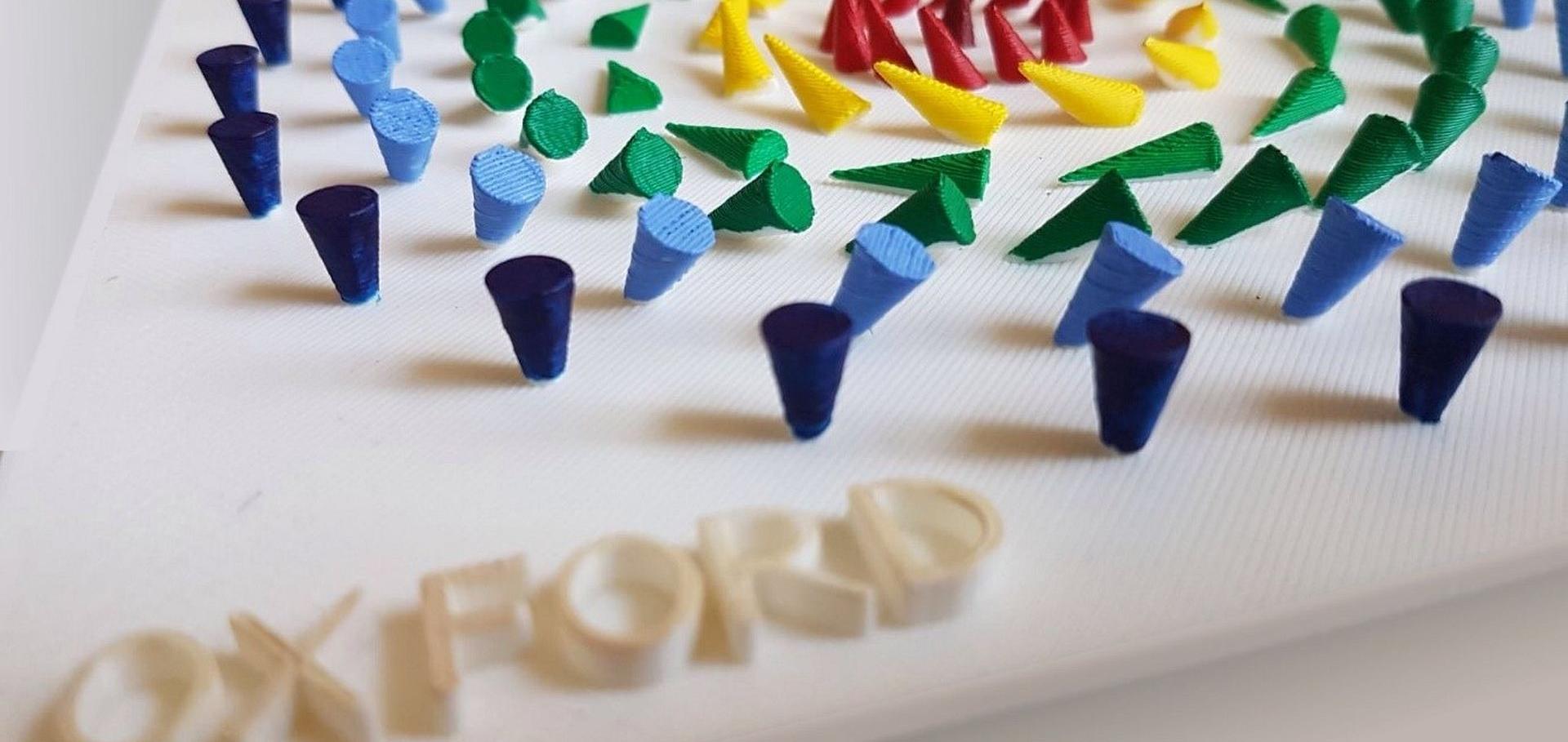Proximity-induced odd-frequency superconductivity in a topological insulator
Physical Review Letters American Physical Society 125:2 (2020) 026802
Abstract:
At an interface between a topological insulator (TI) and a conventional superconductor (SC), superconductivity has been predicted to change dramatically and exhibit novel correlations. In particular, the induced superconductivity by an s-wave SC in a TI can develop an order parameter with a p-wave component. Here we present experimental evidence for an unexpected proximity-induced novel superconducting state in a thin layer of the prototypical TI, Bi2Se3 proximity coupled to Nb. From depthresolved magnetic field measurements below the superconducting transition temperature of Nb, we observe a local enhancement of the magnetic field in Bi2Se3 that exceeds the externally applied field, thus supporting the existence of an intrinsic paramagnetic Meissner effect arising from an odd-frequency superconducting state. Our experimental results are complemented by theoretical calculations supporting the appearance of such a component at the interface which extends into the TI. This state is topologically distinct from the conventional Bardeen-Cooper-Schrieffer state it originates from. To the best of our knowledge, these findings present a first observation of bulk odd-frequency superconductivity in a TI. We thus reaffirm the potential of the TI-SC interface as a versatile platform to produce novel superconducting states.Exchange bias in magnetic topological insulator superlattices
Nano Letters American Chemical Society 20:7 (2020) 5315-5322
Abstract:
Magnetic doping and proximity coupling can open a band gap in a topological insulator (TI) and give rise to dissipationless quantum conduction phenomena. Here, by combining these two approaches, we demonstrate a novel TI superlattice structure that is alternately doped with transition and rare earth elements. An unexpected exchange bias effect is unambiguously confirmed in the superlattice with a large exchange bias field using magneto-transport and magneto-optical techniques. Further, the Curie temperature of the Cr-doped layers in the superlattice is found to increase by 60 K compared to a Cr-doped single-layer film. This result is supported by density-functional-theory calculations, which indicate the presence of antiferromagnetic ordering in Dy:Bi2Te3 induced by proximity coupling to Cr:Sb2Te3 at the interface. This work provides a new pathway to realizing the quantum anomalous Hall effect at elevated temperatures and axion insulator state at zero magnetic field by interface engineering in TI heterostructures.Direct observation of the energy gain underpinning ferromagnetic superexchange in the electronic structure of CrGeTe3
Physical Review B: Condensed Matter and Materials Physics American Physical Society 101 (2020) 205125
Abstract:
We investigate the temperature-dependent electronic structure of the van der Waals ferromagnet, CrGeTe3. Using angle-resolved photoemission spectroscopy, we identify atomic- and orbital-specific band shifts upon cooling through TC. From these, together with x-ray absorption spectroscopy and x-ray magnetic circular dichroism measurements, we identify the states created by a covalent bond between the Te 5p and the Cr eg orbitals as the primary driver of the ferromagnetic ordering in this system, while it is the Cr t2g states that carry the majority of the spin moment. The t2g states furthermore exhibit a marked bandwidth increase and a remarkable lifetime enhancement upon entering the ordered phase, pointing to a delicate interplay between localized and itinerant states in this family of layered ferromagnets.Coherent Transfer of Spin Angular Momentum by Evanescent Spin Waves within Antiferromagnetic NiO
Physical Review Letters American Physical Society 124 (2020) 217201
Abstract:
Insulating antiferromagnets have recently emerged as efficient and robust conductors of spin current. Element-specific and phase-resolved x-ray ferromagnetic resonance has been used to probe the injection and transmission of ac spin current through thin epitaxial NiO(001) layers. The spin current is found to be mediated by coherent evanescent spin waves of GHz frequency, rather than propagating magnons of THz frequency, paving the way towards coherent control of the phase and amplitude of spin currents within an antiferromagnetic insulator at room temperature.Magnetic skyrmion interactions in the micromagnetic framework
Physical Review B: Condensed Matter and Materials Physics American Physical Society 101:13 (2020) 134422


